Professional store lighting: how to showcase your products and improve the customer experience
In an increasingly competitive commercial environment, the quality of lighting plays a decisive role in the customer experience and product highlighting. Much more than a simple technical aspect, good professional lighting in a store shapes the atmosphere, guides movement, and strengthens your brand identity. In this article, we will see how to optimize each lighting zone to showcase your products, comply with current standards, and anticipate the installation cost of commercial premises lighting.

Why choose LED lighting in a store?
Choosing LED lighting is no longer just an aesthetic choice: it is now a strategic decision. LED lighting consumes up to 80% less energy than traditional halogen lighting, while offering a much longer lifespan. This performance makes it an ideal solution for any professional store lighting, where fixtures often operate for long hours each day.
In addition to its economic qualities, LED emits very little heat, a crucial factor for ready-to-wear, cosmetics, or food stores, where product preservation and customer comfort are priorities. Its adjustable color temperature allows adapting the lighting ambiance according to the areas: warmer for relaxation spaces, more neutral for fitting rooms, and brighter at checkout counters or strategic shelves.
Another major advantage of LED lighting is its excellent color rendering (IRC/high CRI), which enhances product presentation in-store. Thanks to a good distribution of light sources, it is also possible to reduce shadow or visual stress areas, creating a comfortable and engaging atmosphere at every stage of the customer journey.
What lighting for each area of the store?

Adapting the lighting to each area of your store is essential to showcase products, guide the customer journey, and enhance the overall appeal of the space. Whether you are wondering which lighting to choose for a store or how to position it effectively, each type of business has its own lighting requirements.
What lighting for a clothing store
In a ready-to-wear boutique, the light must enhance textiles without altering colors. A color temperature of 3000 to 3500 K offers a warm and flattering rendering while showcasing the clothes. Choosing lighting with a high color rendering index (CRI > 90) ensures faithful color reproduction, a crucial point in fashion sales.
In fitting rooms, prefer indirect lighting to avoid shadows and make the customer experience more pleasant. Finally, for shelving, opt for adjustable LED tracks: they allow precise direction of light towards collections while offering great layout flexibility.
What lighting for a shoe and accessory store
The shoe and accessory stores require more precise lighting to showcase textures, details, and finishes. Directional recessed or surface-mounted spotlights are particularly effective for this type of product. Additionally, adding small accent lamps or LED strips on shelves can create an elegant play of light while enhancing the shopping experience.
As for display windows, they represent the first visual contact with your customers. Powerful but well-balanced lighting is essential to capture attention without dazzling. Use adjustable LED spotlights to highlight the centerpiece items of your staging.
Checkouts, reception areas, and aisles
Checkout areas, aisles, and reception spaces should benefit from uniform general lighting, bright enough to ensure safety and visibility without causing glare. Recessed fixtures with wide diffusion or LED panels are ideal in these setups.
The extra tip: integrate dimmers to adjust the light according to the time of day and incoming natural light. This improves staff comfort while reducing energy consumption.
How to properly light a store window?

The display window is the first contact between your shop and your customers. An effective store window lighting immediately captures the attention of passersby, highlights the displayed products, and encourages them to step inside. The goal is not just to illuminate, but to create a coherent staging consistent with your visual identity.
For optimal impact, create a strong light contrast between the inside and outside of the store, especially at the end of the day. This differential naturally draws the eye. Use narrow beam LED spotlights to focus light on key products without illuminating the entire display window.
Favor a neutral color temperature (4000 K) to faithfully reproduce the shades of products, whether clothing, decorative objects, or cosmetics. This enhances the perception of quality and avoids unpleasant surprises at purchase.
Lighting fixtures for store showcases
The choice of lighting fixtures plays a central role in the success of LED shop window lighting. To catch the eye and showcase your products without dazzling, it is essential to combine different light sources, adapted to the size of the window, its depth, and the desired ambiance. Well-distributed, adjustable lighting with good color rendering transforms an ordinary window into a true commercial seduction tool. Discover our selection of lighting fixtures for shop windows.
- Adjustable recessed spotlights: perfect for precisely directing light towards a mannequin, accessory, or flagship product. They integrate discreetly into the ceiling or a technical strip.
- Suspended LED bars: elegant and linear, they provide uniform lighting across the entire width of the showcase, ideal for clean presentations or series collections.
- Narrow LED strip: to be placed at the top or bottom of the showcase to emphasize volumes and create depth effects. They also help avoid shadow areas.
- Waterproof LED floodlight: recommended for highly exposed or outdoor showcases, it offers high luminous power while resisting weather conditions.
Discover our selection of recessed spotlights, surface-mounted spotlights, and professional LED lamps to effectively and aesthetically highlight your showcases.
Standards, safety, and regulations for commercial lighting

Good lighting is not limited to aesthetics: it must also comply with the current store lighting standards and ensure the safety of customers and employees. From the required brightness in each area to the durability of the fixtures, several technical elements must be considered from the design stage of your professional lighting project.
What are the lighting standards for stores to comply with?
Stores must comply with the NF EN 12464-1 standard, which defines the requirements for indoor lighting in workplaces, including shops. This standard sets illuminance levels (in lux) according to the areas:
- Traffic areas: minimum 100 to 200 lux
- Departments and fitting rooms: about 300 to 400 lux
- Cash registers: minimum 500 lux for good readability
- Showcases and display cases: up to 1000 lux to maximize visibility
Additionally, certain areas such as entrances, fitting rooms, or outdoor zones require luminaires with an appropriate protection rating (minimum IP44 for damp indoor areas, IP65 for outdoors) to ensure their durability and safety.
Safety and accessibility
To ensure commercial space safety lighting, it is essential to avoid any risk of glare, especially in traffic aisles and waiting areas. Luminaires must be installed at an appropriate height and equipped with diffusers or covers for optimal visual comfort.
For safety, prioritize devices certified against risks of overheating, shocks, or splashes. Finally, for maintenance reasons, consider opting for easily accessible solutions: removable rails, technical ceilings, or luminaires on adjustable joints, facilitating spot replacement or cleaning.
Cost and installation: how much to budget for store lighting?

Anticipating the installation cost of commercial space lighting is a key step in setting up a sales area. Whether you are renovating a shop or setting up a new point of sale, several factors strongly influence the overall budget. A well-thought-out installation will optimize energy consumption while showcasing your products.
What affects the lighting budget
The final cost depends on many parameters:
- The store area: the larger the space, the greater the number of luminaires needed.
- The ceiling height: a high ceiling requires more powerful luminaires or specific positioning.
- The type of luminaires: a commercial space lighting installation can include recessed LED spots, adjustable rails, or designer pendants, each with a different cost.
- The presence or absence of a false ceiling: an existing structure facilitates the installation of recessed spots and reduces the necessary work.
You also need to consider the intervention of a qualified electrician to ensure wiring, compliance with standards, and commissioning of the entire installation.
Calling on a professional for the lighting study
To achieve optimal lighting results and avoid any mistakes, it is highly recommended to have a lighting study carried out. Thanks to tools like Dialux, it is possible to simulate the light in each area of the store (fitting room, aisle, checkout, display window) and choose the most suitable luminaires.
This approach helps find the right balance between ambient light and functional lighting, while respecting standards and your budget.
Need personalized support? Discover our pro space: free lighting study, custom quotes, and 100% dedicated support for professionals.

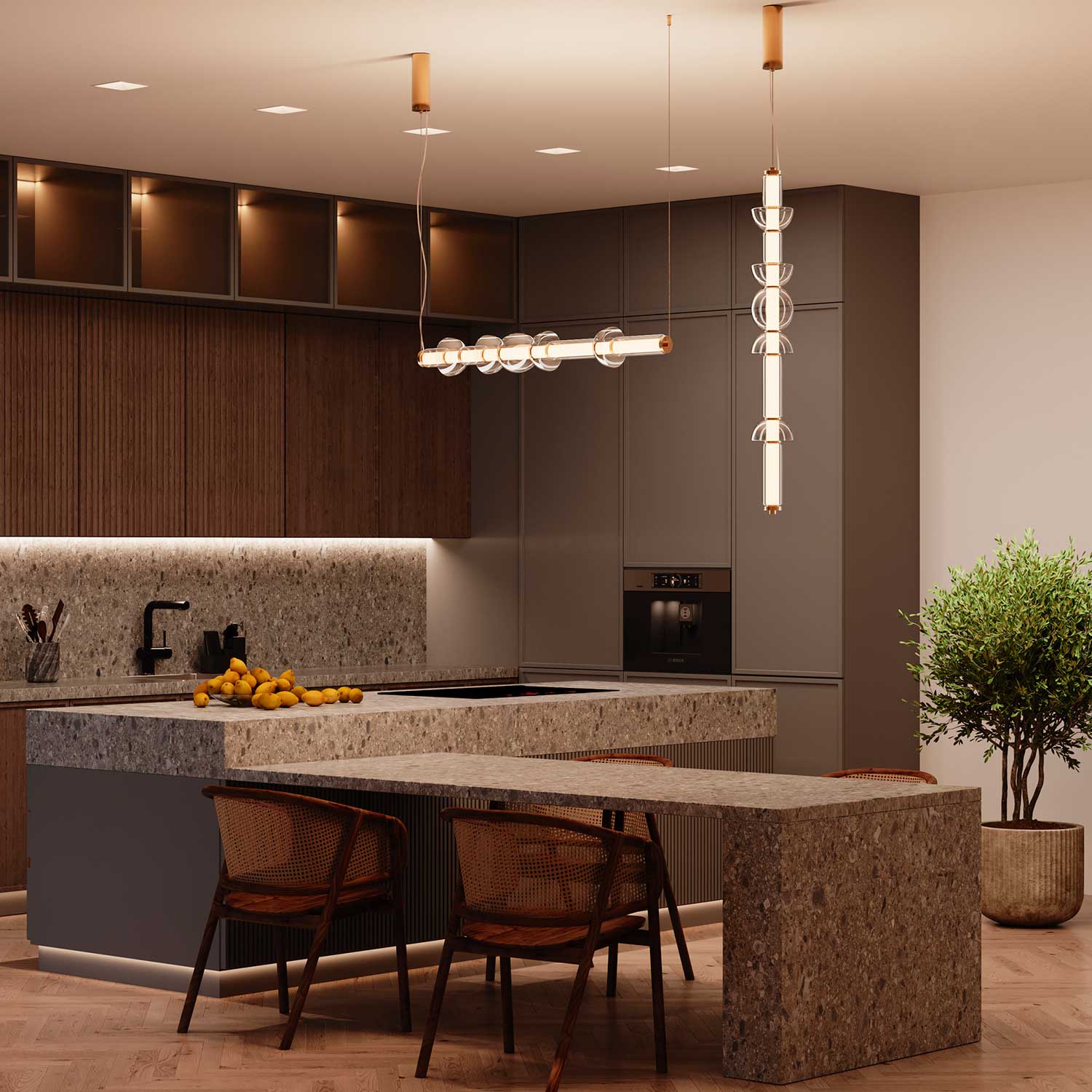
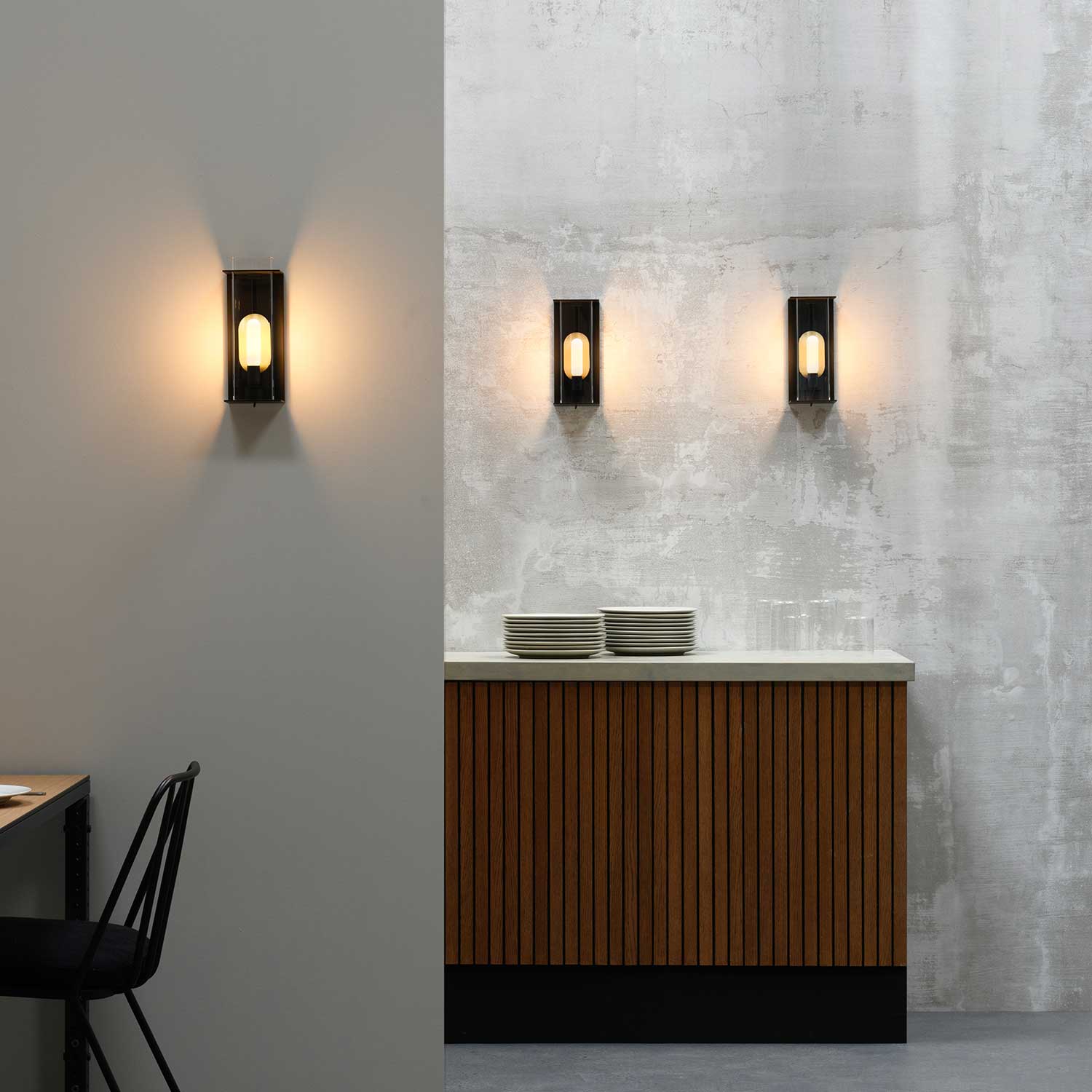
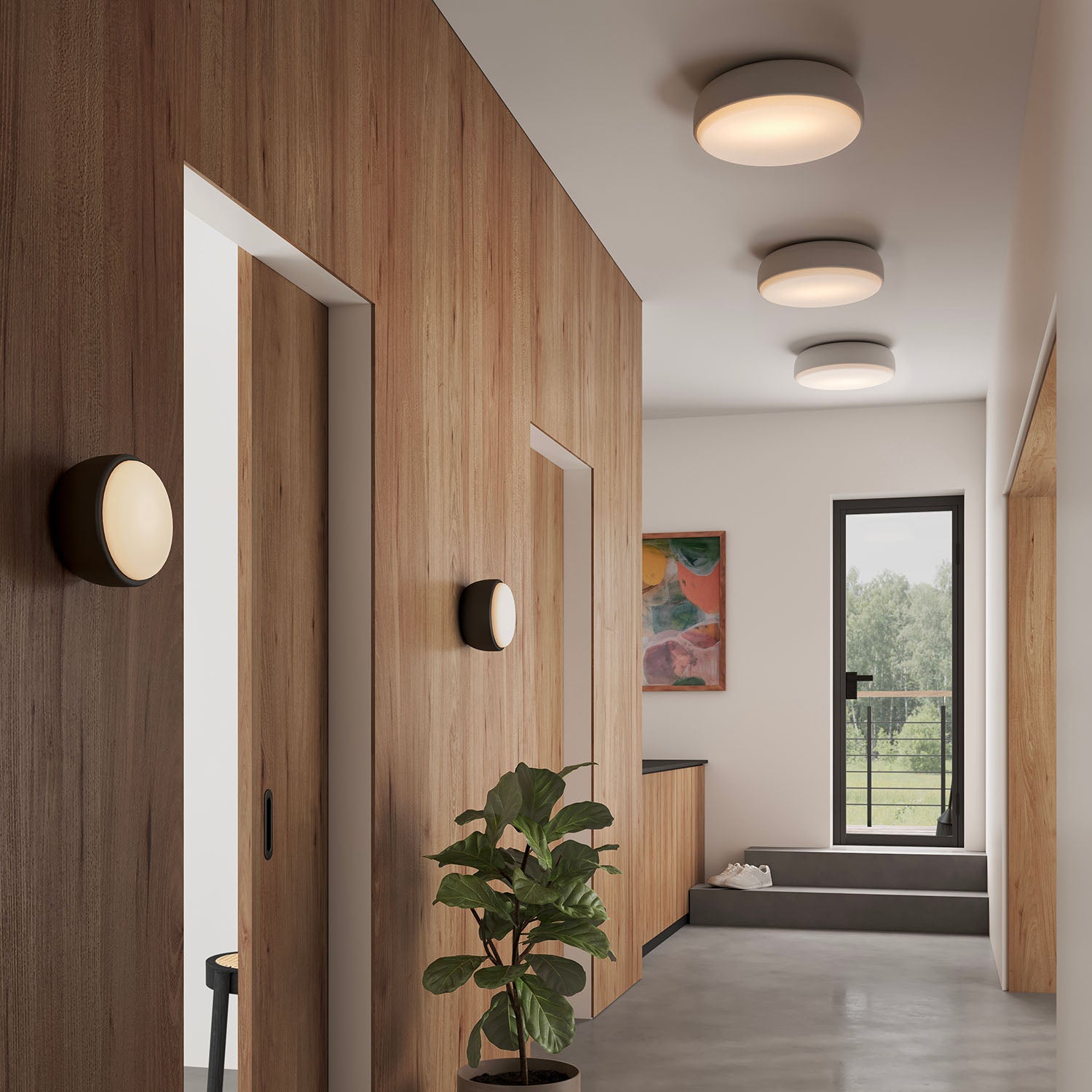
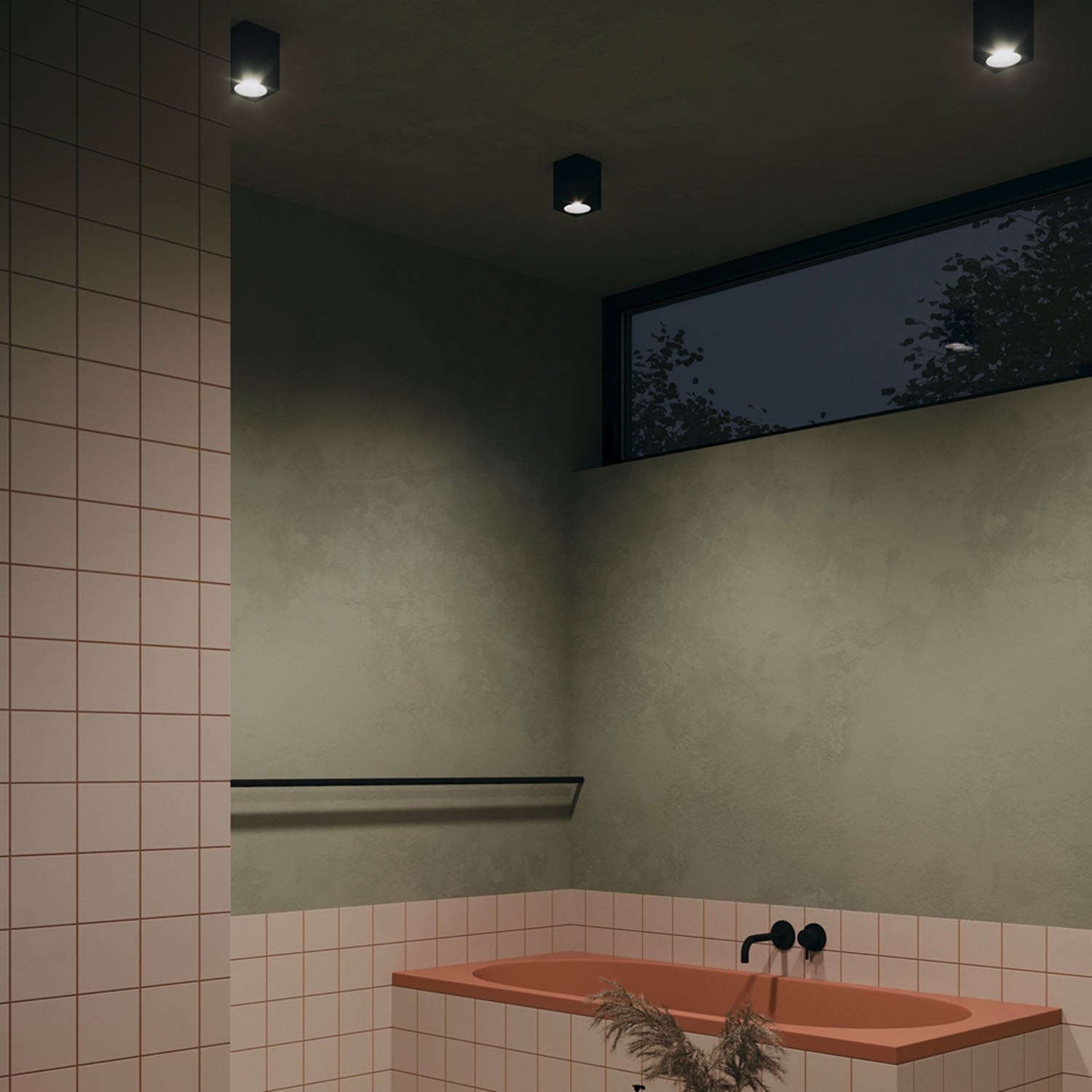
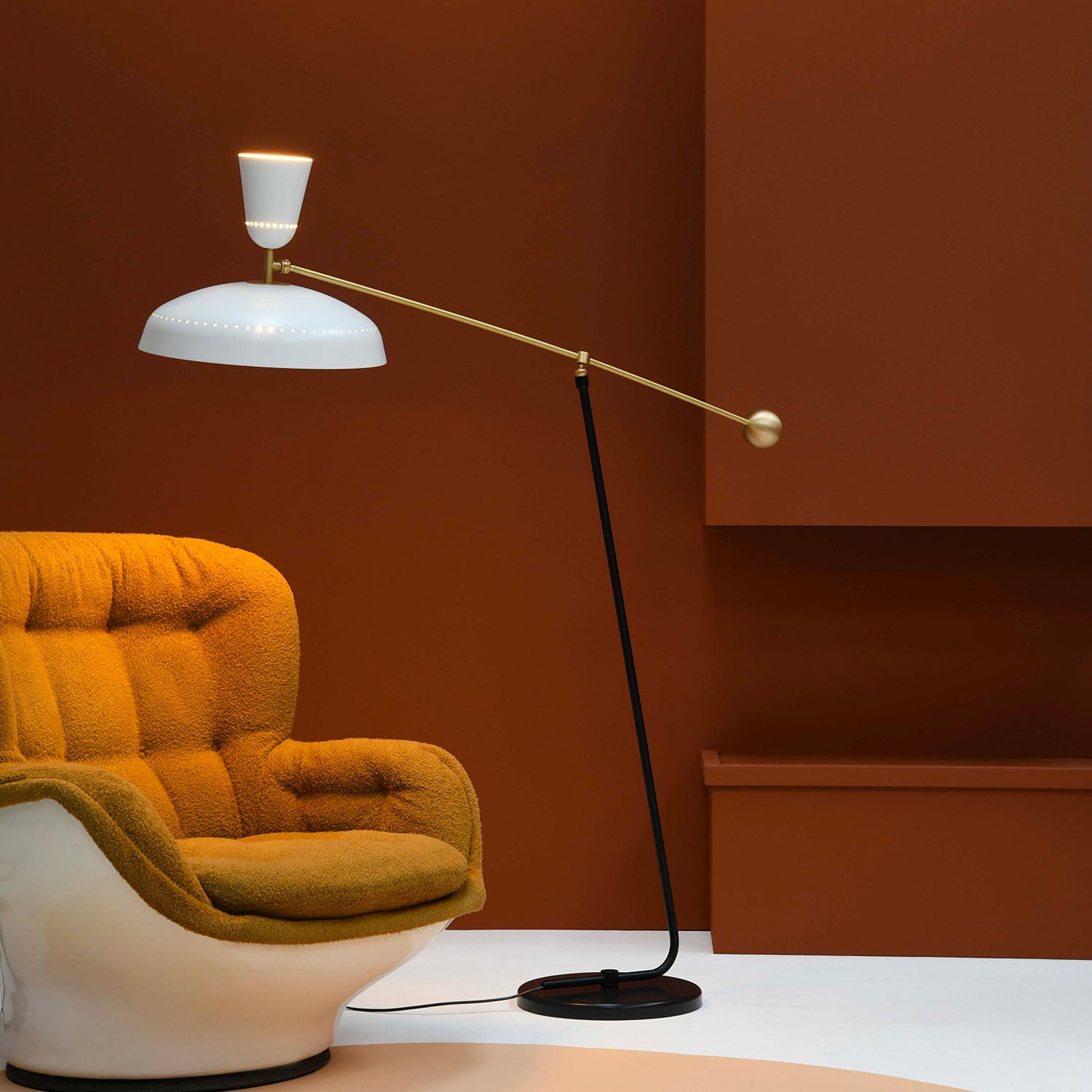
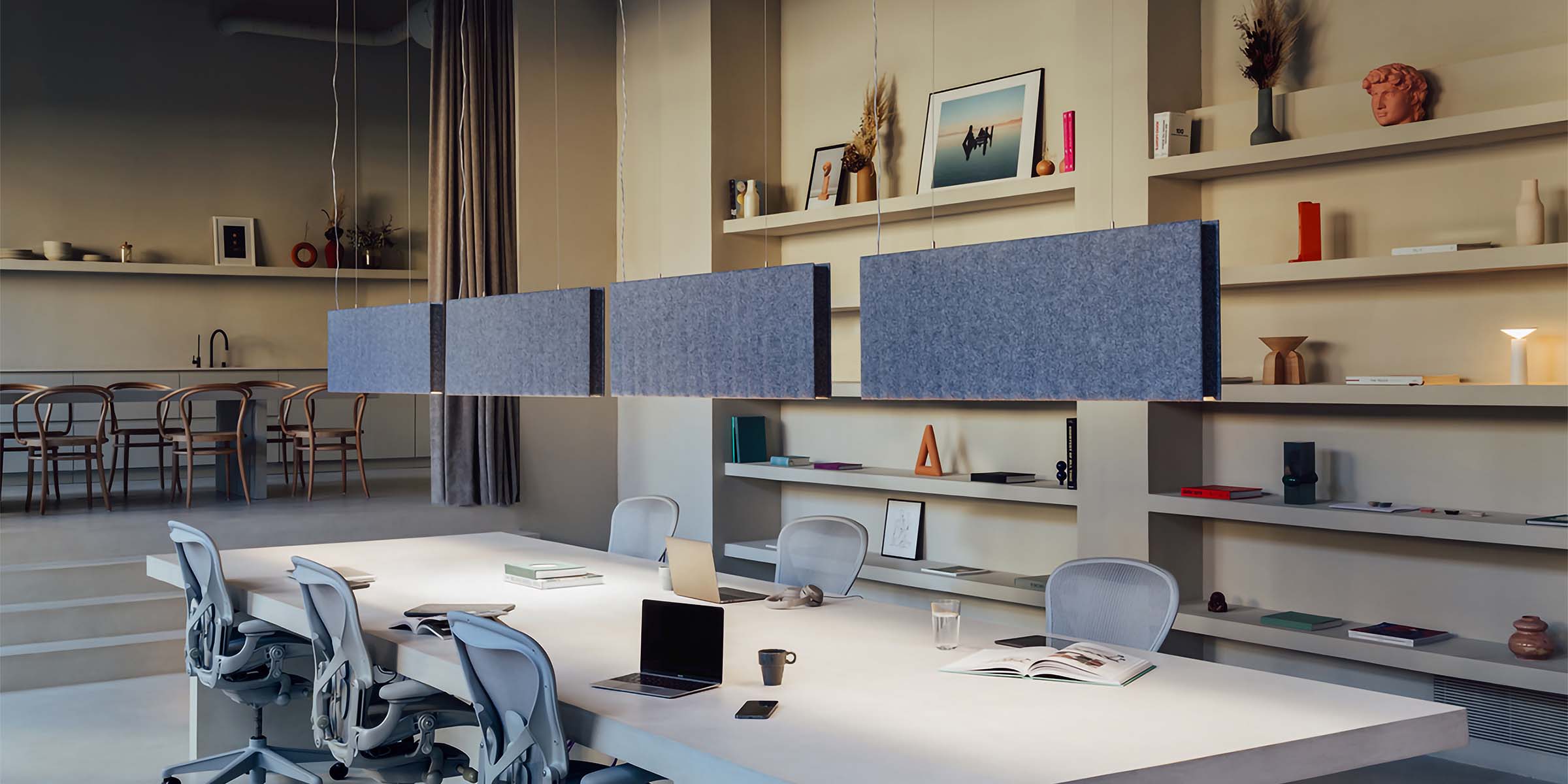
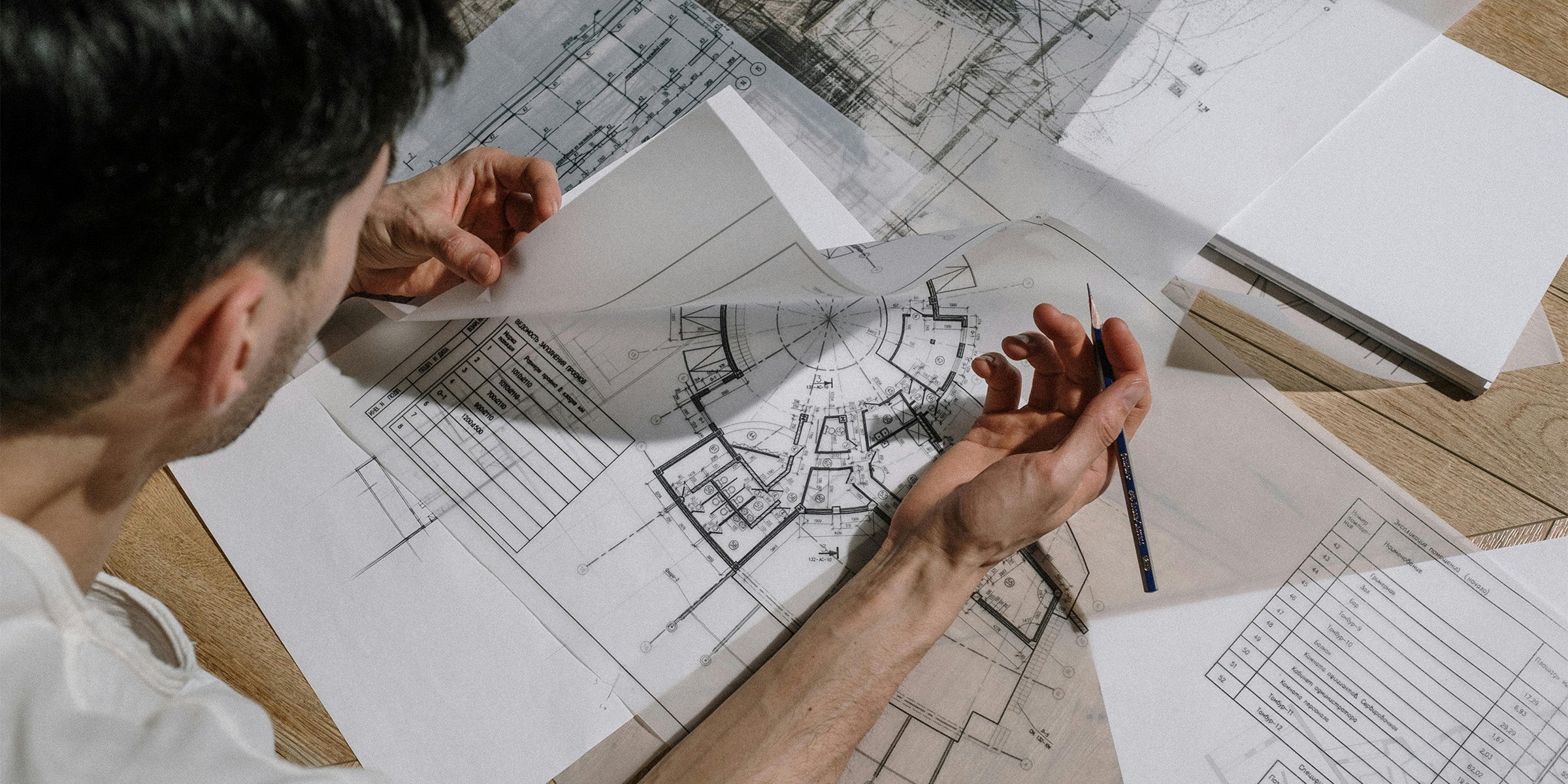
Leave a comment
This site is protected by hCaptcha and the hCaptcha Privacy Policy and Terms of Service apply.